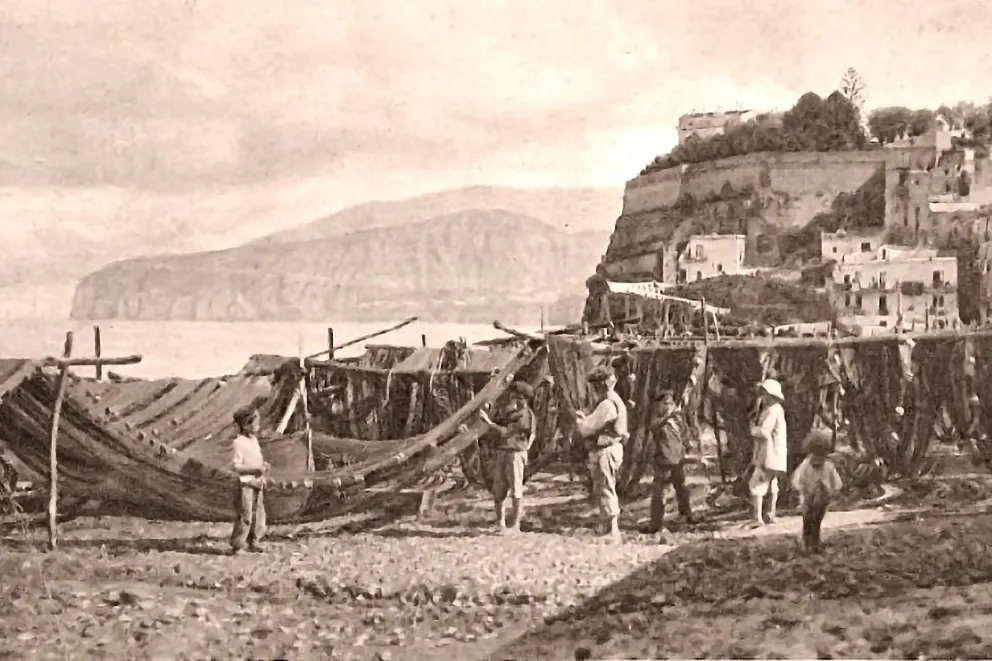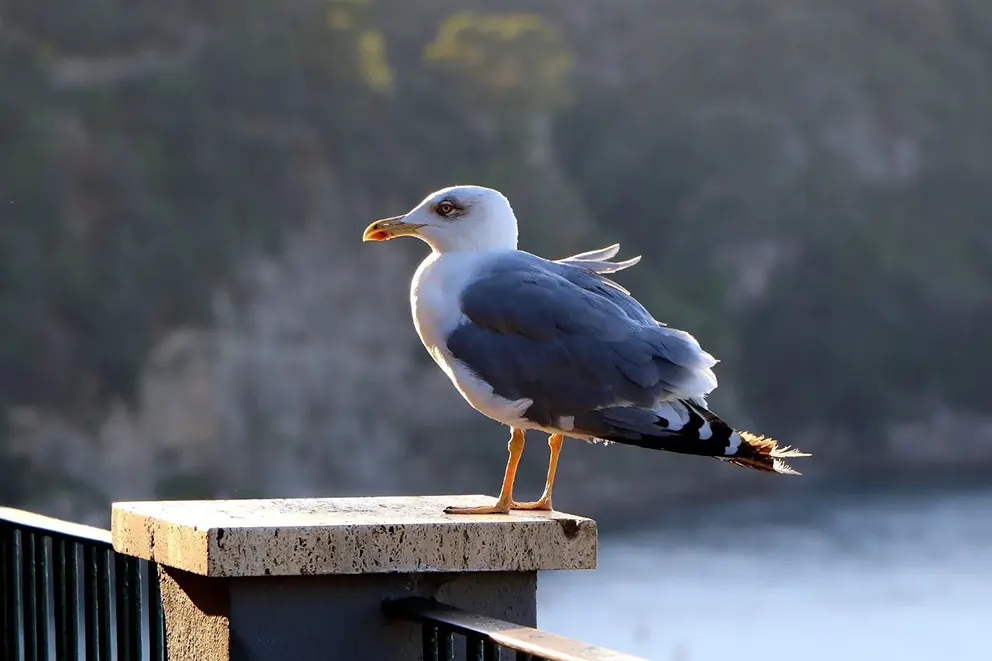Marina Grande, Sorrento’s romantic fishing village
The sense of place. Sorrento between nature and culture
Historical and cultural background
The ancient fishing village, Marina Grande in Sorrento is one of the most evocative places in the city, with period buildings that, between simplicity and grandeur, tell of the industriousness of the village, historically characterized by fishing and shipbuilding activities. Among the most characteristic buildings is the church of Sant’Anna, built by fishermen belonging to the Confraternity of San Giovanni in Fontibus, first dedicating it to the Anime del Purgatorio (Souls in Purgatory), then to the mother of the Madonna, who is celebrated here with a very colorful and lively festival, underlined by a procession of boats at sea and the glow of fireworks, the most eagerly awaited and admired of the Sorrento summer. Another fundamental element of the village is the stone steps connecting Marina Grande to the city, passing under the archway of the ancient Porta. According to a popular legend, the invading Turks passed through this gate on 13 June 1558, when Sorrento was besieged and sacked; in reality, the invasion probably came from the hills behind, which is why the town was later provided with city walls, as can still be seen today in Porta di Parsano.
Physical features
Marina Grande is developed at the junction of land and sea, in the wide opening of a valley that furrows the great tuffaceous plain of the northern side of the Sorrento Peninsula, furrowed by the Neffola rivulet, which flows along the beach with black sand because of its volcanic origin. From here one can admire the Gulf of Naples, Vesuvius, the coast of the Capo di Sorrento as far as the Bagni della Regina Giovanna and, turning south, the Sorrento hills from Priora to Sant’Agata sui Due Golfi. It is an ideal setting for stories; in fact, several films have been shot there, including Dino Risi’s famous ‘Pane, Amore e…’ (Bread, Love and...), starring Sophia Loren and Vittorio De Sica, in 1955. Perhaps it was precisely that film that contributed to the success of Marina Grande as a tourist resort with its own characteristics, linked above all to dining and bathing.
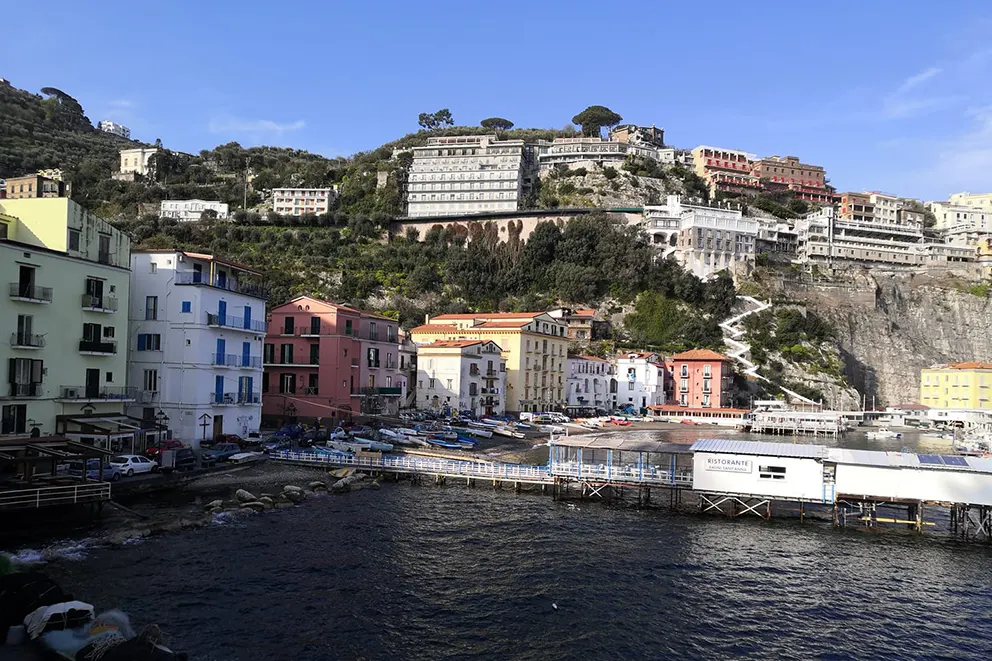
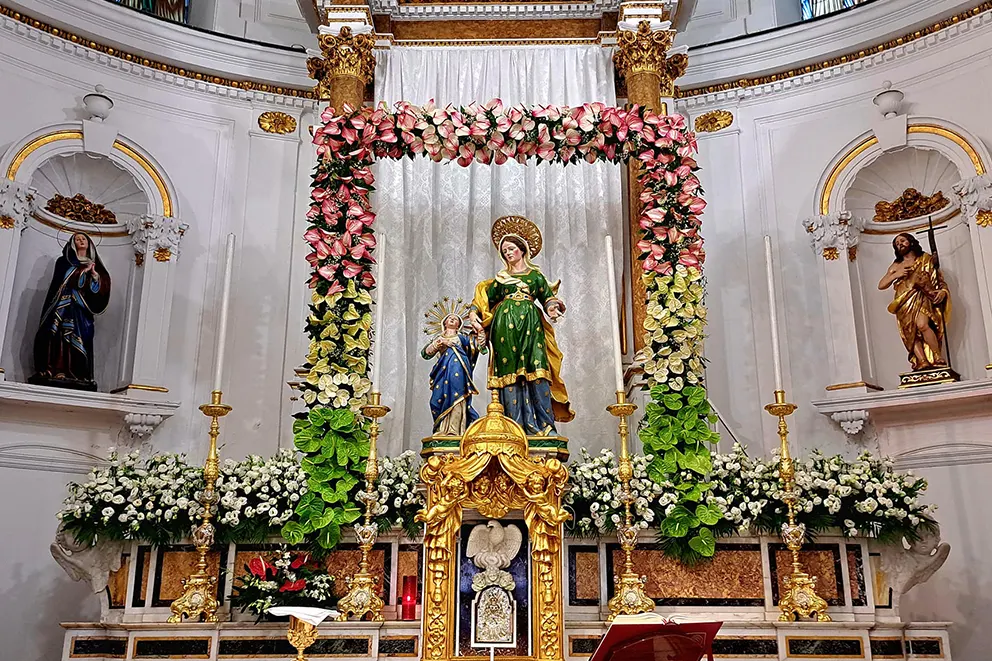

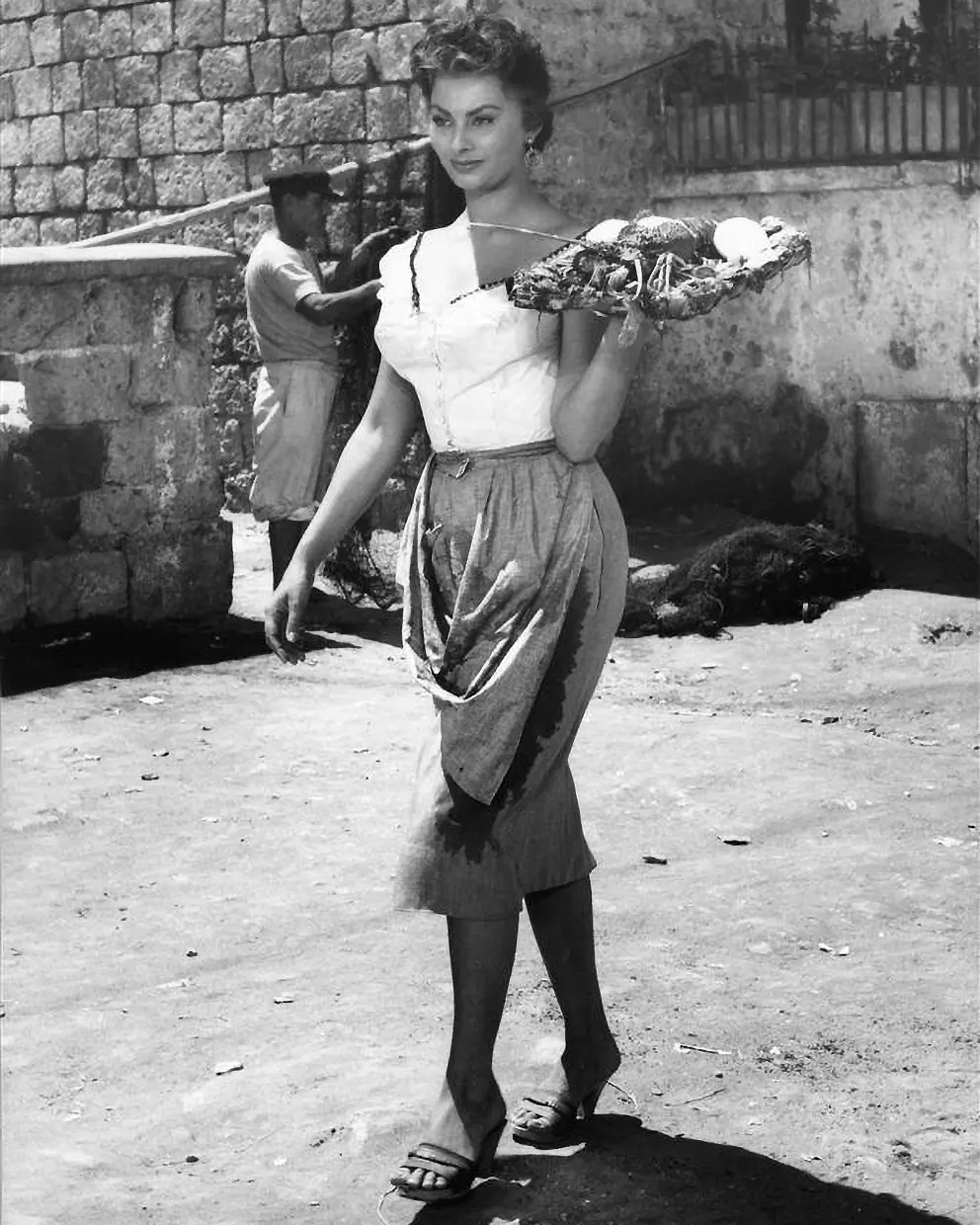
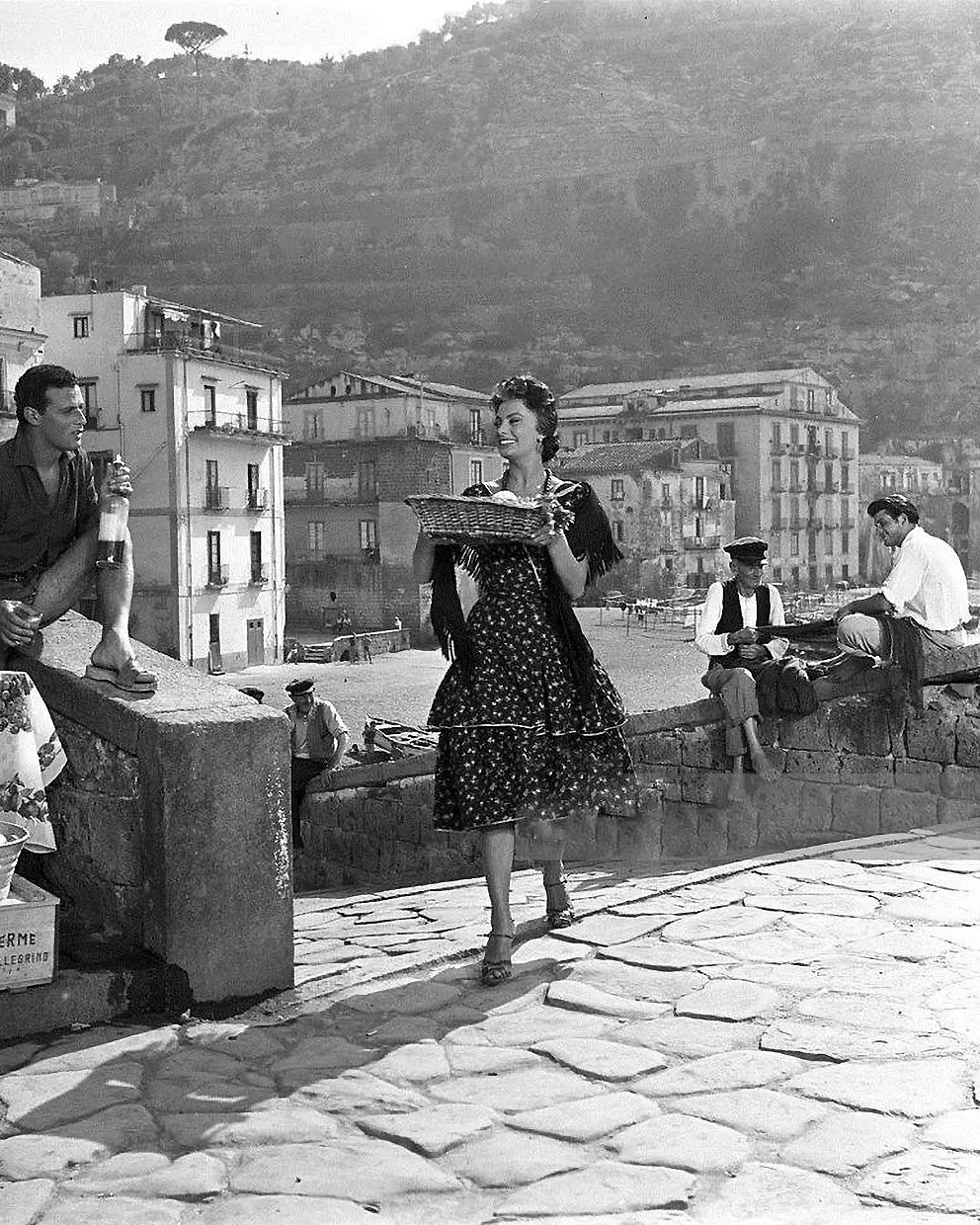
Botanical specificities
Marina Grande is a real district of Sorrento, so there are mainly plants typical of the urban environment, hence an essentially domestic vegetation, although there is no lack of a small citrus grove and olive groves. More characteristic, however, is a tenacious plant that clings to the limestone cliff, visible both here, along Via Sopra le Mura, and on the steep sides of Via Capo: the caper. It is a small spontaneous branching shrub that often forms heads with drooping branches up to several meters long. Its leaves are alternate and petiolate, with a fleshy consistency; the flowers are solitary and showy, with a particularly attractive calyx and corolla; the fruit is an oblong, green, spindle-shaped capsule containing numerous seeds. Of this plant, local gastronomy mainly uses the buds, the capers, preserved in oil, vinegar or salt.
Faunal peculiarities
Among the most visible animals in the Marina Grande area is undoubtedly the herring gull, the only nesting gull in the area; however, there is also the common gull, whose presence, however, is limited to the winter period, when it chooses this coast to spend the cold season. The herring gull is distinguished not only by its larger size, but also by its yellow bill and legs, its grey back and wings with a black tip, and its white head; on the other hand, the common gull has a more or less shiny red bill and legs, grey back and wings but with a white tip in the middle and black at the tip of the feathers, and a white head with a characteristic black spot on the cheek. Lonely sparrows, blackbirds, thrushes, and other small passerines such as robins can also be seen in the sky.
